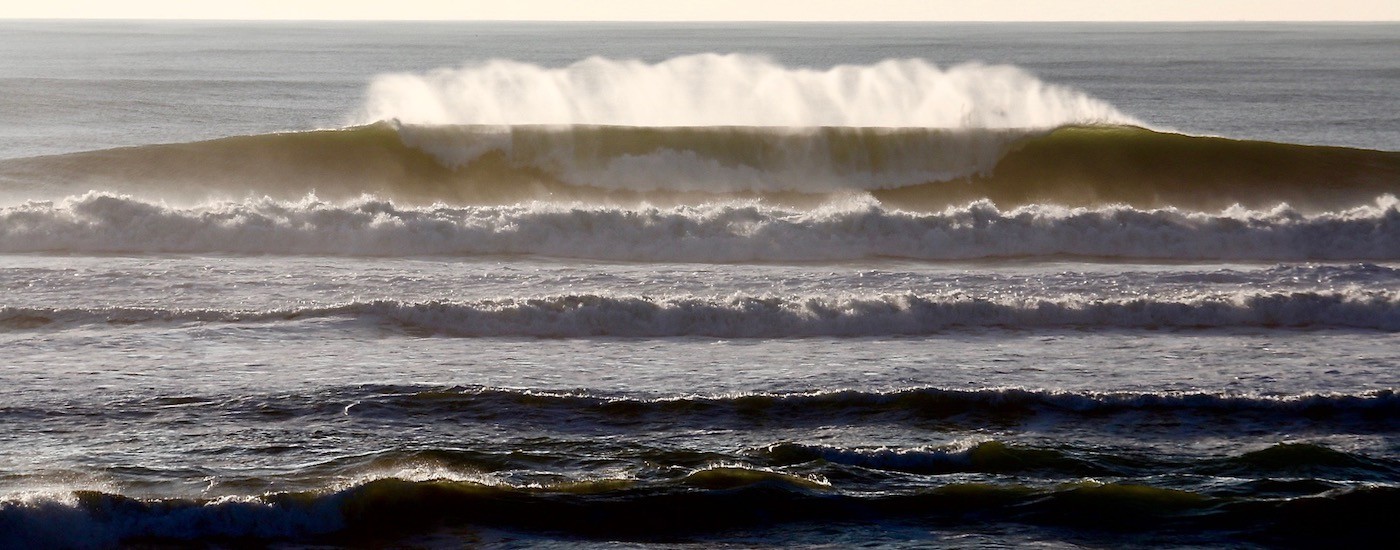
The Surfrider Foundation is dedicated to the protection and enjoyment of the world’s ocean, beaches and waves – and nothing speaks to the enjoyment of California’s coast as much as the iconic sport of surfing. That's why we support AB 1782, a bill by Assemblymembers Al Muratsuchi and Ian Calderon, to make surfing California's state sport.
From the time the Hawaiians introduced surfing to California, our state's residents have added invaluable advances to the sport. The surf industry is to Orange County what the tech industry is to Silicon Valley and generates over $6 billion in United States annual retail sales. The ability to predict swells emerged from Scripps in La Jolla and gave rise to the global phenomenon of Surfline, headquartered in Huntington Beach. Further north, the enticing waves of Santa Cruz inspired the modern-day wetsuit, a life-changing innovation for those of us who live closer to redwoods than palm trees. In his 2016 Pulitzer-prize-winning novel Barbarian Days, William Finnegan relayed brilliant, epic tales of surfing San Francisco’s Ocean Beach. Even in remote Humboldt County, one can find old newspaper clippings chronicling the area’s first surf contest, which took place in 1965 at Shelter Cove on the fabled Lost Coast. We even have Kelly Slater’s wave pool in Lemoore, where the World Surf League recently hosted a contest boasting some of the best surfers on the planet.
The bill's authors also noted that California’s coastline is not only home to world-class surf breaks – such as Malibu, Trestles, Mavericks, Rincon, Steamer Lane and Huntington Beach – but that those breaks are part of the ancestral homeland to indigenous peoples, that these indigenous people continue to live in these ancestral homelands today and that they have embraced the sport of surfing in these areas. The Acjachemen proved instrumental in saving Trestles from potential destruction by a proposed toll road in 2008, due to Panhe’s recognition as an ancient Acjachemen village site by the California Coastal Commission.
One of the most appealing aspects of surfing is, at heart, it’s a democratic sport that reflects the spirit of the California Coastal Act. The ocean, like California’s beaches, belongs to everyone. While every break, every place, offers unique characteristics, the joy of being in the water manifests in similar grins and hoots regardless of location. Surfing’s appeal resonates with people from all different backgrounds, regardless of income, gender, skin color, economic status, age or innate athletic ability.
Further, surfing brings people from all over the world to California’s coast. The experience and lifestyle helps drive our coastal economy – an economy worth $44 billion at last count. Every summer, families from inland pack up the kids and head to the beach, hop into the waves with a soft-top or hand-me-down from an uncle, neighbor, big sister – sharing the stoke is a time-honored tradition in the surf community. An estimated 2.5 million Americans surf and more than half of those surfers live in California. Local surf trips account for up to $3.3 billion of the state’s coastal economy, according to legislative analysis.
Californians also took surfing to different places, namely, the streets and the mountains. Surfers looking for something to do during flat spells fashioned roller skate wheels to wooden planks to recreate surfing on land, giving birth to skateboarding. Mike Doyle, a champion surfer, rode the first twin-tailed single-ski plank down Mammoth Mountain, ultimately launching the new sport of snowboarding.
Yes, we’re also gifted with teams and athletes – amazing teams and athletes! – representing a vast variety of sports. But from culture to economics, it’s the sport of surfing that weaves through California’s past, present and future. Surfing symbolizes our state in particular in a way no other sport does. Of course it makes sense to make that official.
